Memories of walking along Davisville Ave. in Toronto in 1975
I lived in Toronto for forty-three years, from 1975 until 2018. Here is a story from my early days in Toronto.
One day in 1975, I was walking west, heading along the north side of Davisville Ave. toward Yonge St. in Midtown Toronto, where I was renting a room at the time. I was 29 years old, scruffily dressed, with long hair and bushy beard and very skinny.
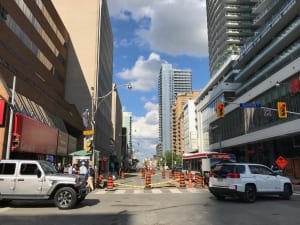
Toronto Midtown street scene. I took the photo during a three-hour walking tour on June 25, 2019. Jaan Pill photo
A group of adolescents, in their late teens or thereabouts, was approaching me, and as we passed I heard one teenager announce, in a jocular albeit dismissive tone to his friends, the word, “SkinBo,” an abbreviation of “Skin and Bones.”
It was spoken quietly, but I heard what he said.
I thought that was an interesting use of words and it brought me up short, as it made me realize that on occasion, in those days, a derisory term might be launched my way, specifically given my decidedly less than stocky frame.
Aside from this one time, however, I usually (and rarely, in the broader scheme of things) heard such a comment in a second-hand way, when a friend reported what someone else had said. If it was said to my face, it was usually said in a friendly way, just as a statement of everyday fact, as when a person marvelled at the fact that anybody could be so thin.
In the mid-1970s, I took a one-year course of instruction in a variation of the Alexander Technique, in addition to weekly classes in the Feldenkrais Method. I refer to a variation of the Alexander Technique in that a key component, the verbal instructions that students are taught in the standard version, was omitted.

Sign at construction project at former site of Davisville Junior Public School on Davisville Ave. Jaan Pill photo
The lessons had an unexpected outcome: in addition to improvement (at that time) in my posture, I also experienced a dramatic change in my rib cage. Previously, my rib cage had appeared unusually narrow, to the extent that, on occasion, a person would really notice how constricted it was. As the lessons proceeded, my chest circumference increased dramatically, a process I found most remarkable.
Whatever had caused my rib cage to become strongly constricted, as I was growing up, was addressed in the course of the ongoing lessons.
I would characterize the lessons as a form of education related to how the mind/body functions, when conditions are optimal; I learned how to bring the function more in alignment with the level of functioning (as nature intended it to be) that is evident, with suitable support from a person’s social and physical environment, during the earliest years of life – during infancy and toddlerhood.
There was change on the emotional side also. As the body went through dramatic changes – righting itself, as it were – the emotions went through corresponding changes. Figuratively, it felt like running full speed into a brick wall (I can still picture the wall, in my mind’s eye), and then recovering, from the experience.
Figuratively and literally, I learned how to stand tall, giving rise to a demeanour that I think helped me appreciably in the volunteer work (involving large-scale organizing for a variety of purposes) that I became involved with. When you stand tall you’re more convincing.
The change in mindset and posture was a consequence of a year spent closely studying a variation of the Alexander Technique. In addition, as my income increased, I began to eat a better, and for the thirty years I’ve been lifting weights. I don’t get called “SkinBo.”
Memories get twisted this way and that, as the years proceed
A recent three-hour walk through Midtown Toronto has prompted me to think of some of the ways in which a person can organize autobiographical stories about the past.
When I moved to Toronto in 1975, I stayed mainly in rented rooms, occasionally in some intriguing rooming houses. After some period of time, when my financial circumstances improved, I switched to renting suites (in houses) or apartments (in apartment buildings).
Given that I had a car, I could drive anywhere, to check out places to rent.
One one occasion, in 1987, a neighbour across the hallway, in an old, low-rise North York apartment building where I rented a unit for some years, shared with me a copy of the May 4, 1987 Toronto Star, after she had read it. That day’s newspaper had an article which subsequently changed the trajectory of my life. But I digress.
In those days I drove a Volkswagen, within which I could carry all of my earthly possessions.
Eventually, the side panels and floor board of the car rusted away and the muffler probably fell off, too, before I drove it (or had it towed; I don’t recall which) to a junk yard.
Things become a little indistinct, with the passage of time. According to research about how memories work, what we think we remember may or may not correspond all that closely, to what actually transpired.
What we tend to remember, from what I can gather from research about this topic, is a story that settles into a final form, which makes sense as a story but which may involve memories that have been twisted this way and that, in order to fit within the parameters of the story.
These topics are elaborated at a previous post entitled:
Memories are malleable – capable of being stretched or bent into different shapes
For Rent
In 1975, you could walk down a street, in a typical downtown Toronto neighbourhood, see a “For Rent” sign, and soon you had a place to stay. Or you could just read the Classified Ads in the Toronto Star, and quickly find a place to stay.
For a while, I lived at a downtown artists’ co-op building. Getting accommodations at a co-op took a bit longer, than renting a room or apartment.
Eventually I became a homeowner. We bought our first house in 1997 in Long Branch in Toronto.
In 2018, we sold the house and moved to Stratford. We lived in Long Branch for twenty-one years. Altogether, I lived in Toronto for forty-three years.
June 25, 2019 visit to Midtown Toronto
I had three hours to spare between 5:00 pm and 8:00 pm on Tuesday, June 25, 2019, on my most recent visit to Toronto.
Our car was parked near Mt. Pleasant Road and Eglinton Ave.
I walked west from Mt. Pleasant Road along Eglinton Ave. to Yonge St., heading toward the Northern District Branch of the Toronto Public Library, which is located just north of Yonge and Eglinton.
Later I walked south along Yonge to Davisville, then along Davisville going east toward Mt. Pleasant, and finally north along Mt. Pleasant back to Eglinton.
The major event for me on June 25, 2019 was that, during the drive back to Stratford after my three-hour walk, I thought about the time someone had called me “SkinBo,” while I was walking along Davisville, in 1975 after I had moved to Toronto. Once I thought about that, all manner of additional memories emerged.
As I got to the corner of Eglinton and Yonge, however, I was not yet thinking about the Davisville story of long ago. Instead, I thought about all the stories I had read about large numbers of tall condos going up at Yonge and Eglinton, thanks to Ontario Municipal Board decisions (overriding previous planning guidelines established, with extensive citizen input, at the local level).
A recurring underlying theme, from what I recall of ongoing narratives related to the tall condos, is that the question of infrastructure, to support the increase in population, has not been adequately addressed.
Toronto Local Appeal Body
A previous post (one of many that mention Eglinton Ave.) is entitled:
Yonge and Eglinton neighbourhood – Article by Richard Poplak in The Grid (Dec. 12, 2012)
The post refers to an article (in a now defunct Toronto Star publication called The Grid) which notes:
“City Hall and developers insist that this [upcoming major condominium development at Yonge and Eglinton] is both manageable and desirable, and that the future will reveal a glittering ersatz downtown as vibrant and buzzy as, say, downtown. But where, locals wonder, are the plans for all this growth? Where are the amenities that will integrate the newcomers – the parks and schools and bike rings and shrinks’ offices needed to absorb so much development?”
[End]
That remains a good question, as a Feb. 17, 2017 post notes:
Click here for previous posts mentioning Eglinton Ave. >
A more recent post, regarding the larger context within which land use decision making in Toronto and elsewhere proceeds, is entitled:
When I arrived at the Northern District Branch of the Toronto Public Library, I was pleased to realize that this branch and the Toronto Local Appeal Body (TLAB) share the same address, 40 Orchard View Blvd.
Click here for previous posts mentioning the Toronto Local Appeal Body >
Recently, I have not been following Toronto Local Appeal Body (TLAB) decisions as closely as I did when I lived in Toronto. Nonetheless, I have a strong interest in ongoing updates related to land use decision making at TLAB hearings.
Currently, I can only speak in general terms, as an observer vaguely familiar with details and trends related to its ongoing work. This I will say, however: The TLAB sign that I observed, at the Toronto Northern District branch of the Toronto Public School Board, warmed my heart.
To state the matter succinctly, the Toronto Local Appeal Body represents an instance when the rhetoric, concerned with citizen input regarding planning matters, is actually quite closely aligned with the reality.
TLAB is a strong source of inspiration for me, to state the matter succinctly.
I await word regarding some Divisional Court decisions, related to previous TLAB decisions, which will determine what direction land use decision making proceeds in Toronto in the years ahead.
[Update – Jan. 21, 2024: Since moving to Stratford in 2018, I have not been following closely the trends in land use decision making in Toronto. However, from what I can gather, the opportunity for Toronto residents to demonstrate agency through getting involved in TLAB hearings has been severely restricted in recent years. As I understand, the restrictions stem from legislation enacted at the provincial level. Municipalities remain “creatures of the province” (relatively powerless, in consequence, in management of some aspects of municipal affairs) – a situation stemming directly from an earlier stage in Canadian history.]
Skin and Bone songs give rise to smiles
I will conclude with some witty songs about Skin and Bones. But first, a definition.
An online definition at Dictionary.com for skin and bones or skin and bone reads:
noun
a condition or state of extreme thinness, usually the result of malnutrition; emaciation:
Anorexia had reduced her to skin and bones.
The entry notes that it’s a late Middle English word dating back to 1400–1450. The entry adds that synonyms include (this is a partial list): tenuous, lanky, bony, undernourished, gaunt, scrawny, angular, forlorn, grim, bleak, lean, famished, and attenuated. I especially like attenuated – made thin, reduced in force, intensity, effect, quantity, or value.
Raffi – Skin And Bones Lyrics
I will conclude with lyrics to a couple of Skin and Bones songs beginning with lyrics from Raffi – Skin And Bones Lyrics | MetroLyrics:
there was and old woman of skin and bones.
oh oh oh oh.
she lived down by the old grave yard.
oh oh oh oh.
one day she thought she’d take a walk.
oh oh oh oh.
she walk down by the old grave yard.
oh oh oh oh.
she saw the bones a’laying around.
oh oh oh oh.
she went to the closet to get her broom.
oh oh oh oh.
she opened the door and
BOO!
Lady All Skin and Bone
Finally, the following version, entitled: The Devil’s Interval sing Lady All Skin and Bone, is from Mainly Norfolk: English Folk and Other Good Music:
There was a lady all skin and bone,
And such a lady was never known;
It happened on a holiday,
The lady went to the church to pray.
And when she came unto the stile,
She tarried there a little while;
And when she came unto the door,
She tarried there a little more.
And when she came unto the aisle,
She had a sad and woeful smile;
She’d come a long and a weary mile,
Her sin and sorrow to beguile.
And she walked up and she walked down,
And she saw a dead man upon the ground;
And from his nose unto his chin,
The worms crept out and the worms crept in.
And as the worms through him did creep,
Then asked the lady while sore she did weep,
“Will I be this way oh when I die?”
And the dead man turned his head and he answered, “Aye!”

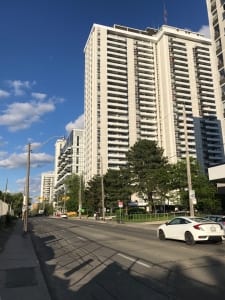
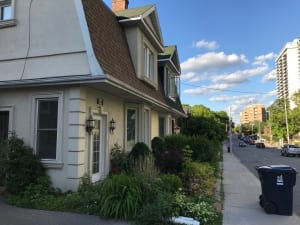
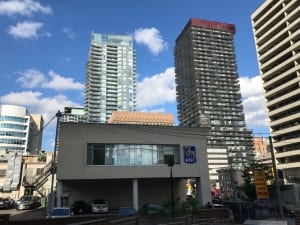
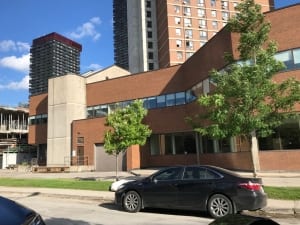
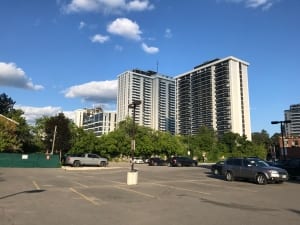
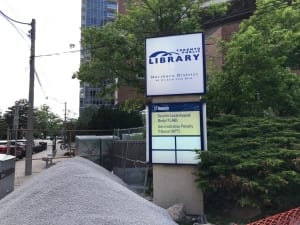
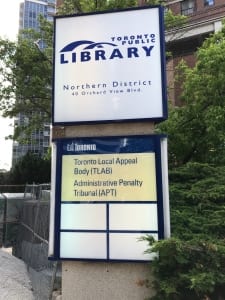
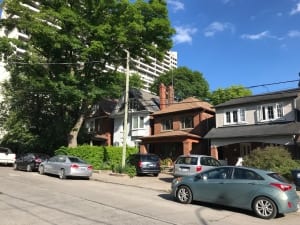
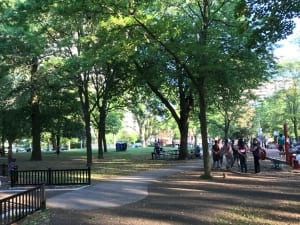
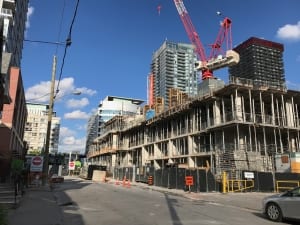
A previous post is entitled:
Memories are malleable – capable of being stretched or bent into different shapes
I am reminded of a Feb. 2, 2024 New York Times article which is entitled: “A Leading Memory Researcher Explains How to Make Precious Moments Last.”
An excerpt reads:
Rather than being photo-accurate repositories of past experience, Ranganath argues, our memories function more like active interpreters, working to help us navigate the present and future. The implication is that who we are, and the memories we draw on to determine that, are far less fixed than you might think. “Our identities,” Ranganath says, “are built on shifting sand.”
Why We Remember: Unlicking Memory’s Power to Hold on the What Matters (2024): A Kirkus Review of the book reads:
A well-informed tour of a mysterious and crucial part of the brain, promising greater self-awareness and mental clarity.
A professor of neuroscience and psychology delivers a wide-ranging study of how memories make us who and what we are.
Memory is a quirky thing, writes Ranganath, director of the Dynamic Memory Lab at the University of California, Davis. We can remember song lyrics from 20 years ago, but we can also forget what we ate yesterday. The author has been trying to understand memory for decades, and he admits that a huge amount still remains a puzzle. He explains the mechanisms of memory in the brain and the different types and levels of memory, as well as the evolutionary reasons for it. Many theories have been posed about how memories develop, but the current thinking involves “a phenomenon called error-driven learning,” where memory is a constant process of reworking experiences to fit our larger mental picture. Memory failures have been linked to depression, poor sleep, and other ailments. Ranganath explains how fake “memories” can be inserted by repeated suggestion, to the point that people have “remembered” and confessed to crimes they didn’t commit. Some memories, especially those of traumatic events, break into our consciousness unbidden. The author suggests that they can be kept under control by persistent and intentional rejection, although it takes effort. He also offers tips on how to not forget routine things (phone, keys) by connecting their image to something else. It’s useful advice, but much of the book is devoted to Ranganath’s examination of theories of memory and the new generation of testing. Anyone expecting a simple how-to guide on improving their memory may be disappointed. The author’s research is undeniably intriguing, but the book will appeal to specialists more than general readers.
A well-informed tour of a mysterious and crucial part of the brain, promising greater self-awareness and mental clarity.